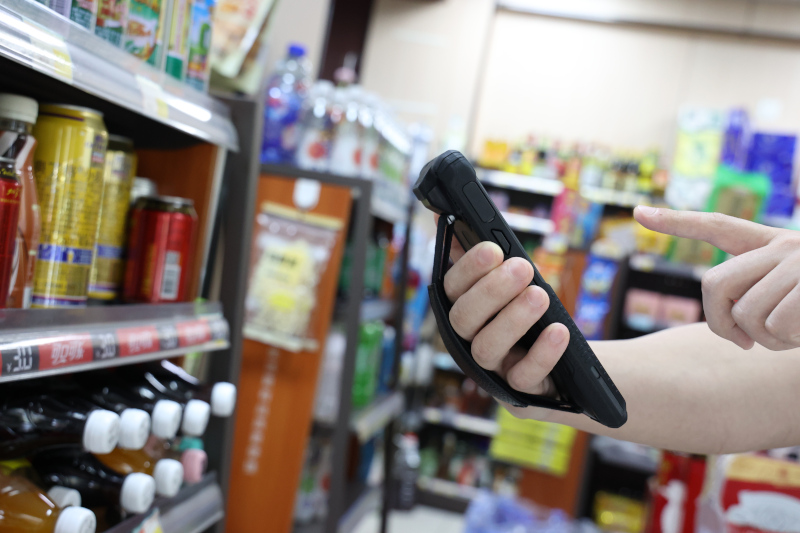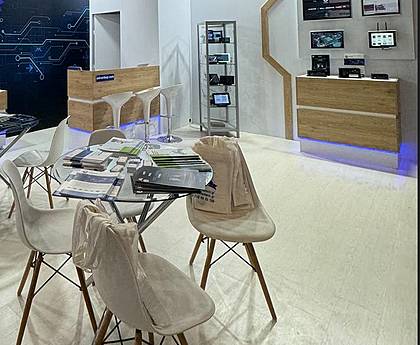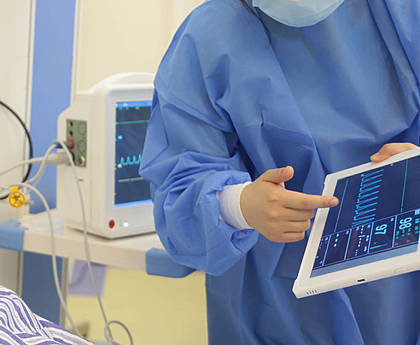1)Ensure that your PDA operates within the manufacturer’s specified temperature range
Ensure that your PDA operates within the manufacturer’s specified temperature range is paramount for maintaining its optimal functionality. Manufacturers design PDAs to perform reliably under certain temperature conditions, and deviating from these guidelines can lead to issues such as decreased battery life, reduced processing speed, and potential hardware damage. Fortunately, EMDOORs PDAs boast an impressive temperature range of -10°C to 50°C, providing users with the flexibility to use their devices in a variety of environments. To further preserve the longevity of your PDA, it’s essential to avoid prolonged exposure to direct sunlight, as excessive heat from the sun can impact the device’s performance and contribute to temperature-related issues.
2)Back up your data
Backing up your data is a critical practice for ensuring the safety, accessibility, and integrity of your information. The significance of regular data backups extends beyond simple precaution; it serves as a safeguard against unforeseen events such as device malfunctions, accidental deletions, or even theft. In the event of a hardware failure or a lost/stolen device, having a recent backup ensures that your important documents, contacts, photos, and other valuable data can be easily restored to a new device. Our commitment to user convenience goes beyond just providing cutting-edge products – we’ve integrated a seamless solution to revolutionize your data management experience. With our products being combatible with docking stations and the powerful capabilities of third-party programs like Acronis, the process of data backups and system restoration becomes as effortless as the click of a button. Imagine the convenience of setting up a single operating system, capturing its image, and effortlessly deploying it across all your devices. This not only saves a considerable amount of time but also ensures uniformity and consistency across your entire suite of products. It’s the epitome of efficiency, allowing you to focus on what matters most while our technology takes care of the intricate details. Say goodbye to the hassle of individual setups, and welcome a streamlined, time-saving approach to managing your digital ecosystem.
3)Troubleshooting Tips
The use of Windows OS on our company’s PDAs is not just a headline—it’s a deliberate choice for enhanced compatibility with a myriad of third-party programs, ensuring familiarity for our employees. Beyond its intuitive interface, Windows OS provides a robust set of troubleshooting tools. Screen calibration, a feature tailored for optimal touch sensitivity, ensures a consistently smooth user experience. Moreover, the inclusion of tools like the System File Checker (SFC) and battery health checks adds an extra layer of support. SFC is instrumental for detecting and repairing corrupted system files, contributing to the overall stability of the PDA’s operating system. Battery health checks, on the other hand, help users monitor and optimize their device’s power usage.
4)Optimize Battery Life:
Optimizing battery life is a crucial aspect of maintaining the longevity and efficiency of your PDA.
- Adjust Screen Brightness: Lowering the screen brightness can significantly impact battery consumption.
- Manage Background Apps: Apps running in the background can consume valuable battery power.
- Enable Power-Saving Modes: Take advantage of power-saving modes available on your PDA.
- Control Push Notifications: Push notifications can be a constant drain on your battery.
- Use Airplane Mode in Low-Signal Areas: In areas with weak or no signal, your PDA may expend extra energy searching for a connection.
- Manage Connectivity: Turn off Wi-Fi, Bluetooth, and mobile data when not in use.
5)Learn and Use Features Efficiently:
Learning and efficiently utilizing the features of your Personal Digital Assistant (PDA) isn’t just about convenience; it’s a strategy for maintaining the good health and optimal performance of your device.
- Read the User Manual: Start by thoroughly reading the user manual that comes with your PDA. This document provides valuable insights into the device’s features, functions, and optimal usage. It’s a foundational step to understand the capabilities at your disposal.
- Reduced Overhead: Unnecessary background processes and applications consume precious system resources and can lead to overheating. By efficiently using features and closing unused apps, you reduce the overall strain on your PDA’s hardware, mitigating the risk of overheating and potential damage.
- System Stability: Regularly updating software and exploring new features introduced in updates contributes to the stability of your PDA’s operating system.
- Security Measures: Understanding and utilizing security features effectively contributes to the overall health of your PDA. Regularly updating security settings and using features like biometric authentication or password protection ensures the safety of your data and the integrity of the device.






